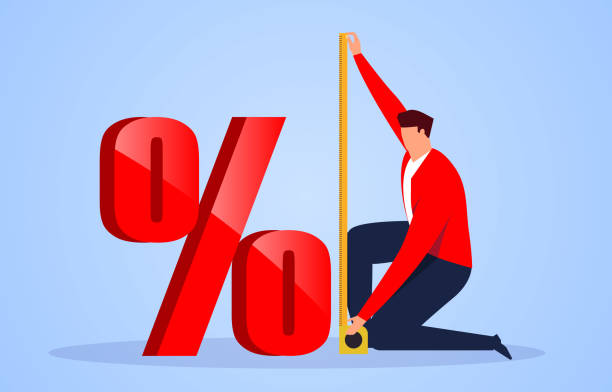Cryptocurrency and Crypto Tokens: What’s the Difference?
Cryptocurrency is now a fairly common term. Most of us must have read about different kinds of cryptocurrencies and how they are traded. Some of us would have even invested in the lucrative but speculative digital asset class. While one must research the risks involved and gains expected before making such an investment, it's equally important to understand the technical terms. We sometimes inadvertently use cryptocurrencies and crypto tokens interchangeably. Though similar, these two have fundamental differences and it's important to not confuse them. Both are digital assets. But cryptocurrencies have their own blockchain whereas crypto tokens are built on an existing blockchain.
What is a cryptocurrency?
A cryptocurrency is a blockchain's 'native currency' — like Bitcoin or Ether — and is issued directly by the blockchain protocol on which it runs. Many times, cryptocurrencies are used to pay transaction fees or incentivise users to keep the cryptocurrency's network secure. Investors put their money into cryptocurrency as these coins typically serve as a medium of exchange to buy goods and services, or as a store of value to be exchanged for fiat currency — like Indian Rupee or US Dollar — at a later date in the hope of getting good returns or at least the same value as invested. Bitcoin price in India stood at Rs. 28.2 lakhs and Ethereum price in India stood at Rs. 1.84 lakh as of 9:30am IST on August 4.
Cryptocurrencies are decentralised, meaning they do not rely on a central issuing authority. They are built on a blockchain and have a distributed ledger for everyone to see the transactions. This allows enforcement of the rules in an automated and impartial manner. These coins use cryptography, an encryption technique, to secure the underlying structure and network system.
What is a crypto token?
Crypto tokens often share deep compatibility with cryptocurrencies, but they are a different digital asset class. For example, Ethereum is a blockchain and its native token is Ether (ETH). But there are several other tokens — DAI, LINK, or COMP — that also depend on the Ethereum platform. Like cryptocurrency, tokens can hold value and can be exchanged. But a token can also represent physical assets, or a utility or service. For example, some crypto tokens represent assets like real estate and art. The process of creating tokens and assigning them value is called tokenisation.
With the crypto industry growing at a rapid pace, these unique assets will continue to grow and people will keep assigning value to these tokens against the asset they will represent. A very simple description of a token would be that it's a ‘smart contract'. Essentially rights management tools, these contracts can represent any existing digital or physical asset. Crypto tokens basically represent a set of rules and every token belongs to a blockchain address. The person who has the private key for that address can access the respective token. And this person is regarded as the owner or custodian of that token.
Conclusion :
Often, we come across people using cryptocurrency to refer to both — the native coins as well as the tokens. Given the difference between them, a more correct usage to refer to both these digital asset classes would be to call them crypto assets.

















